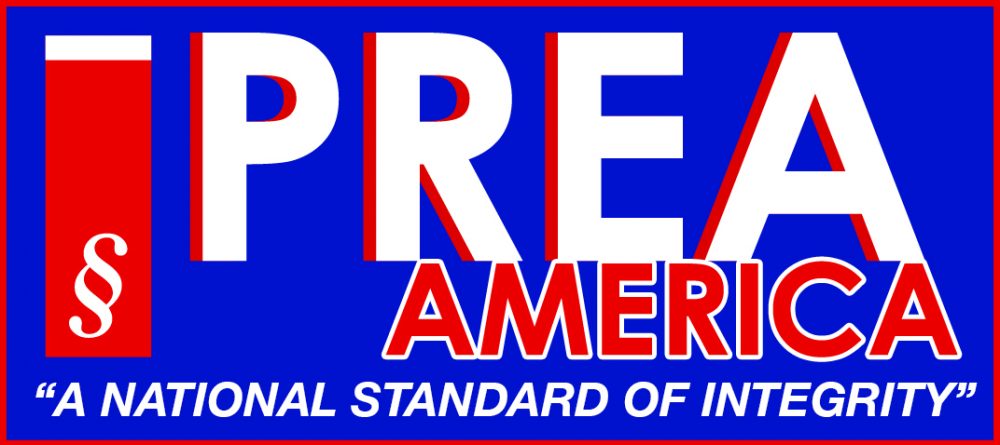PREA compliance is necessary because sexual abuse has no place in our society, especially among the most vulnerable and forgotten!

$11.5 million awarded in first of Christensen civil suits
Legal and Financial Consequences
Your facility’s PREA compliance is important for indemnity, legality and security and is necessary if a contracting agency requires PREA compliance. One recent 11.5 million dollar judgment has sparked lawsuits against facilities that are not PREA compliant.
PREA certification can help you get contracts with state and federal entities, as well as other institutions that require PREA certification of contracting facilities. Implementing the PREA standards makes your facility safer for your staff, as well as for those housed in it. A booking supervisor at a facility we audited reported to us that, since implementing the PREA standards, there was a marked decrease in problems with the inmates, due to the improved housing assignments. A jail administrator with 25 years of experience said he has never seen anything as effective at with getting inmates to communicate to staff about safety concerns as PREA has been. Documenting compliance with an audit provides certification of Best Practices, which can provide a legal defense if an issue arises. Do not wait to protect your facility and staff. Legal compliance, greater safety, litigation mitigation and more contract opportunities are all good reasons to become PREA certified now. We can help you with the process of verifying compliance with consulting, training or auditing.
Consulting
We want you to be successful in documenting your PREA compliance. So PREAAmerica provides consulting to help you prepare for the audit process. Reaching PREA compliance will provide for a safer environment for residents and staff. Call us today!
Many people mistakenly believe “PREA is not required for my facility.”
The Prison Rape Elimination Act (PREA) includes:
117 STAT. 988 PUBPULIC LAW 108-79-SEPT. 4, 2003
(7) PRISON.-The term “prison” means any confinement facility., of a Federal, State, or local government, whether administered by such government or by a private organization on behalf of such government, and includes-
(A) any local jail or police lockup; and
(B) any juvenile facility used for the custody or care of juvenile inmates.
Additional clarification from the Department of Justice on the PREA Resource Center Website:
Q: Do the standards apply to locally operated facilities?
A: Yes. PREA standards apply equally to locally operated facilities, such as lockups, jails, juvenile detention centers, and locally operated residential community confinement facilities. The statute imposes certain financial consequences on states that do not comply with the standards. However, for local facilities or facilities not operated by the state, PREA provides no direct federal financial penalty for not complying.
If a local facility has a contract to hold state or federal inmates, however, it may lose that contract if it does not comply with PREA standards. If a governor should certify compliance, he/she must certify that all facilities under the state’s authority, including all local facilities the state contracts with to hold inmates, are in compliance. Furthermore, states that operate unified systems must demonstrate that all state-operated facilities, including jails, comply with the PREA standards.
Finally, all agencies, state or local, have obligations under federal and state constitutions to provide safety for individuals in their custody. While PREA does not create any new cause of action, private civil litigants might assert noncompliance with PREA standards as evidence that facilities are not meeting constitutional obligations.
Many Collaborating Organizations support PREA
The clearinghouse for all things PREA is the PREA Resource Center, which is a cooperative effort of a broad coalition of organizations with expertise and resources in the fields of corrections, law enforcement, victim’s services, and sexual assault prevention and response. The list of collaborating organizations will grow over time and currently includes:
- Abt Associates
- AEquitas
- American Correctional Association (ACA)
- American Jail Association (AJA)
- American Probation and Parole Association (APPA)
- American University Washington College of Law, Project on Addressing Prison Rape
- Association of State Correctional Administrators (ASCA)
- Center for Innovative Public Policies (CIPP)
- Commission on Accreditation of Law Enforcement Agencies (CALEA)
- Council of Juvenile Correctional Administrators (CJCA)
- International Community Corrections Association (ICCA)
- International Association of Chiefs of Police (IACP)
- Just Detention International (JDI)
- National Association of State Mental Health Program Directors (NASMHPD)
- National Commission on Correctional Health Care (NCCHC)
- National Institute of Corrections (NIC)
- National Sheriffs’ Association (NSA)
- Office of Juvenile Justice and Delinquency Prevention (OJJDP)
- Vera Institute of Justice (Vera)
- The Moss Group (TMG)
